A Proactive Approach to Employee Wellbeing
How to create change in your workplace
Historically, the approach that many organisations adopted towards health and wellbeing in the workplace was reactive protection benefits such as the provision of health insurance, or traditional occupational health approaches such as EAPs. These initiatives were also largely limited to the sphere of physical health.
Whilst these kinds of benefits continue to have a valuable role in supporting employees, what they do not address is the need to create a culture which prevents physical or mental ill health from occurring in the first place. This is why it was encouraging to read the latest research from Aon Employee Benefits, their Benefits and Trends Survey 2018 found that employers are now investing more in proactive and preventative initiatives, with proactive initiatives to tackle mental health and stress having increased to 42% from 36% in the previous year.
The need for a shift in approach
This shift in approach is timely, and perhaps in part a reaction to the fact that there has been a sharp increase in the number of employers reporting employee stress and mental health-related illnesses - from 55% last year to 68% in 2018 (AON). This is congruent with recent research from employee experience business Qualtrics, which found that 85% of UK workers say that work is causing them stress.
Perhaps also there is a growing awareness around an employer’s responsibility to assess and manage work-related mental ill-health. In the Thriving at Work report released by the Government at the end of 2017, there was a clear recommendation that the Health and Safety Executive revise its guidance to raise employer awareness of their duty to assess and manage work-related mental ill-health, just as they do physical ill-health by examining the risks on mental health such as undue work pressure, poor line management or unreasonable demands.
How to adopt a proactive approach
Mental Health First Aid training for staff was cited in the AON Benefits and Trends Survey as a way to adopt a proactive approach.
Whilst equipping people with the knowledge of how to spot the signs and symptoms of common mental health issues and how to guide a person to seek professional help is proactive in some sense, what this doesn’t tackle is prevention of the sources of stress and anxiety that created the crisis in the first place - it simply doesn’t go far enough.
At Work Well Being our approach is to create a culture of positive mental wellbeing. This means cultivating an environment in which behaviours and policies which inhibit positive mental health are recognised and called out as unacceptable, and positive wellbeing is actively encouraged and visible. As Work Well Being Associate Dr Barbara Mariposa says:
‘It starts at the top. There has to be a real commitment by the people whose leadership has such a profound influence throughout the company, to not just tick the box and be seen to be “doing something” but "being in action" themselves.
Give as many people as possible the understanding and tools to “thrive.” Train managers and leaders at every level in emotional intelligence, self-awareness, communication skills, the basics of self-care so they model “best practice”. Get the “being” right, and right “doing” will follow.’
Only by embracing a real commitment to embedding wellbeing to the heart of your culture from a boardroom level, can a programme of proactive wellbeing initiatives then enable real change. Our wellbeing programmes focus on equipping staff with the tools and knowledge to take care of their physical, mental and emotional health to ensure that they have a toolkit of wellbeing which helps to prevents ill health from occurring in the first place.
Get in touch
To find out more about our Custom-Made Wellbeing Programmes please get in touch.
By truly understanding the context in which a wellbeing programme will sit and shaping a solution which uniquely addresses your objectives, employee needs and speaks to your company values, does real cultural change take place.


